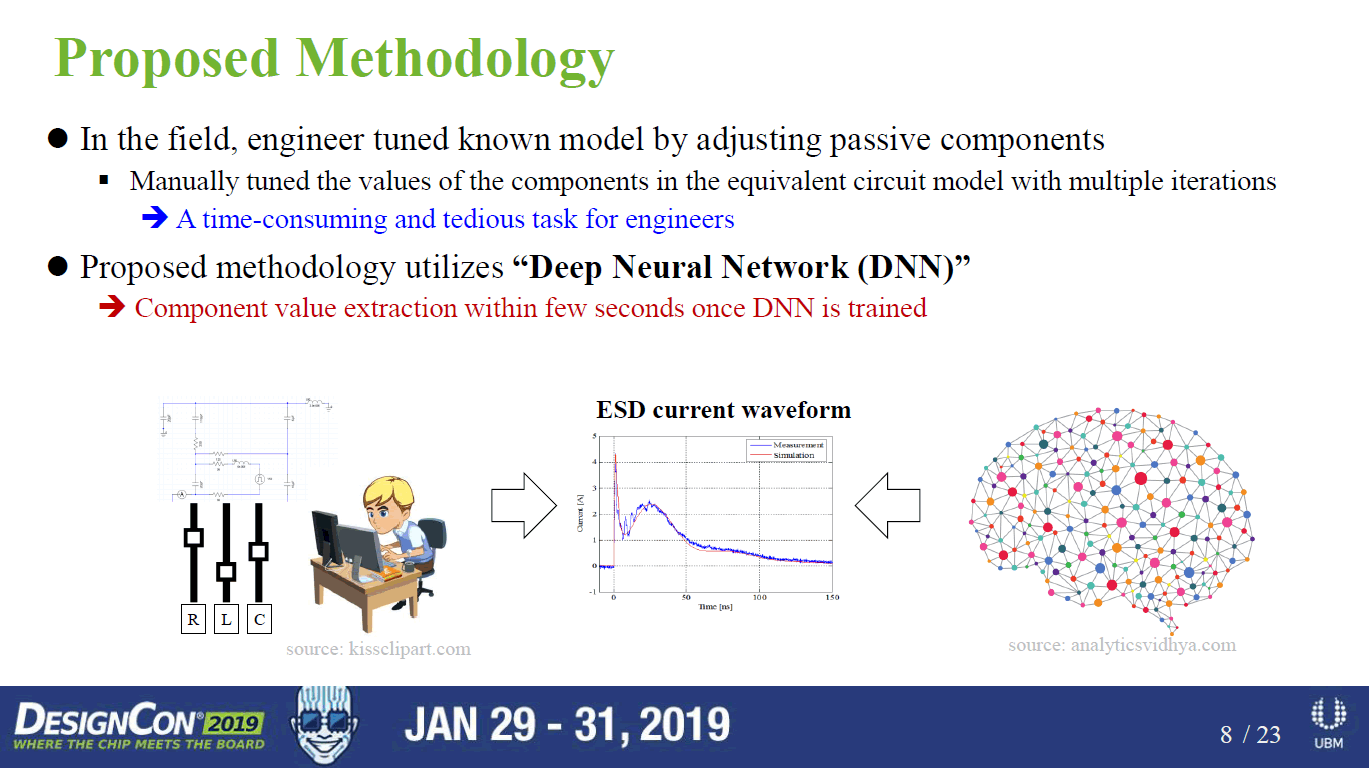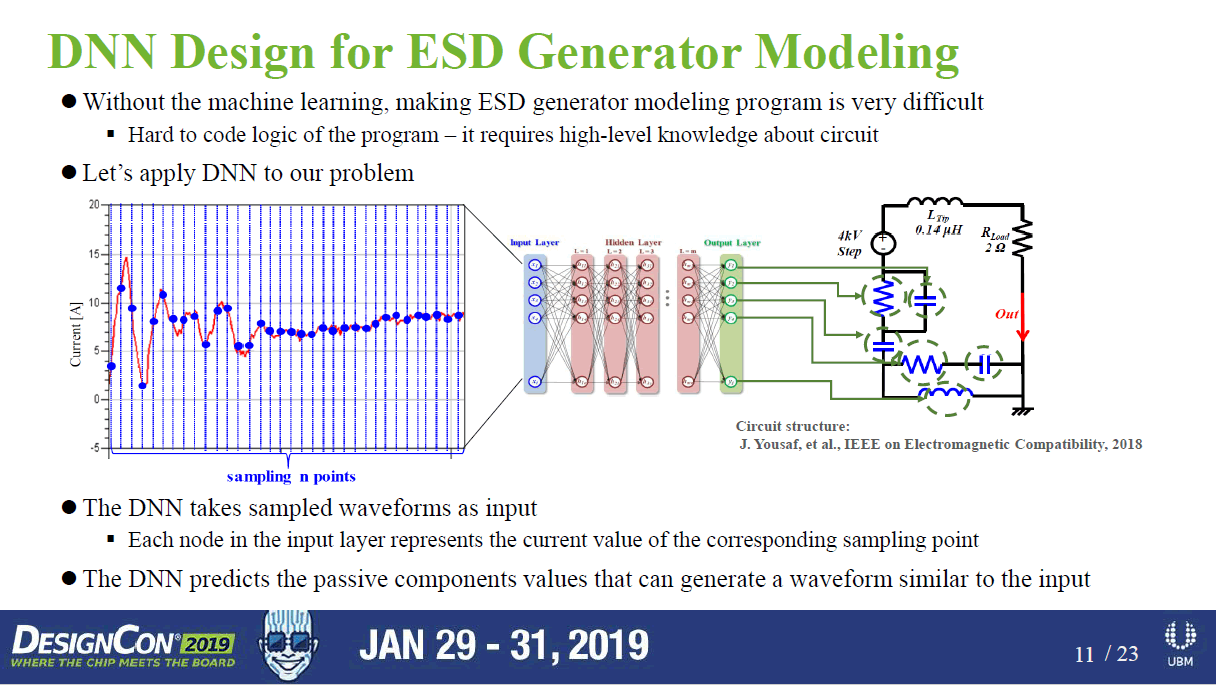推薦課程
其他課程
軟體工具
開發環境
AI小遊戲
其他連結
Home > 機器學習 > 機器學習於SI/PI/EMC的應用現況與未來發展
本文始於2020,介紹目前使用機器學習(ML)於SI/PI/EMC領域的現況。盡可能的蒐集了從2016到2020的論文期刊,試圖找出未來技術可行且符合使用者期待的發展方向。
-
ML在SI,PI應用概分三類
ML在EMC應用概分三類
問題與討論
![]()
-
-
ML在SI,PI應用目前概分三類
2.1 設計最佳化(參數最佳化或類DoE功能)

2.1.1 等化器(EQ)參數最佳化[1][2][3][4]
[1]寫得很清楚的一篇論文
2.1.2 3D IC設計參數最佳化[5][6]
2.1.3 傳輸線參數最佳化[7][8][9][10]
2.2 預測波形(眼高/眼寬或TDR峰值)

2.2.1 由疊構與走線特徵估PAM4眼高眼寬 by Google [12]
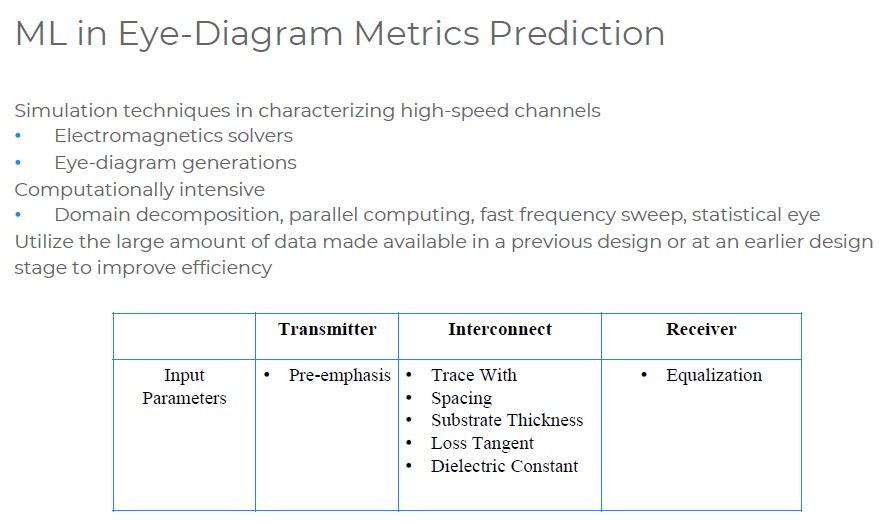
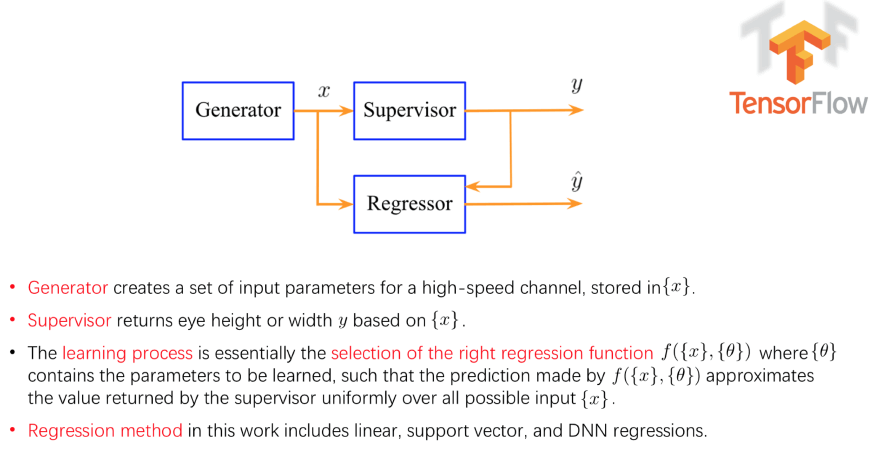
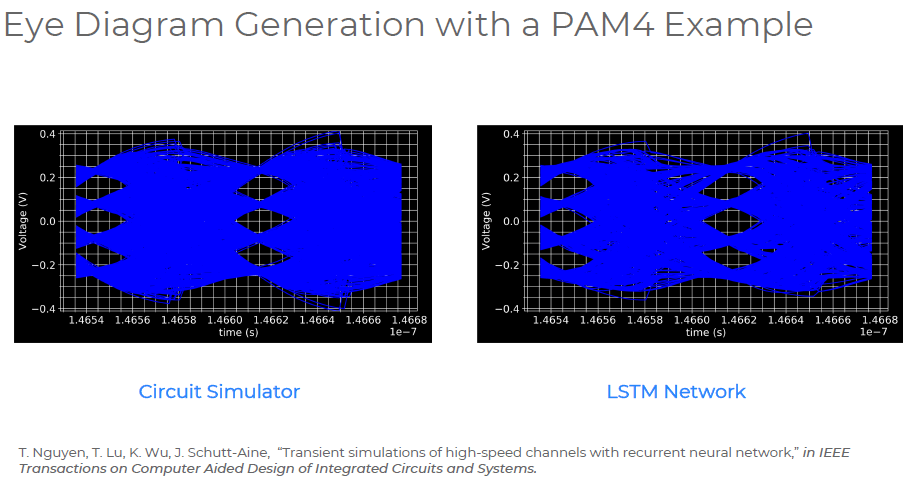
2.2.2 以2.5D+3D電磁場求解搭配ML做圖案識別(pattern recognition) by Intel and SimYog [13]
以機器學習的技術自動判斷PCB走線佈局中,哪些區域用2.5D solver解,哪些區域用3D solver解。這正是目前SI/PI模擬領域中,實用性與未來發展性很高,筆者極看好的技術 。
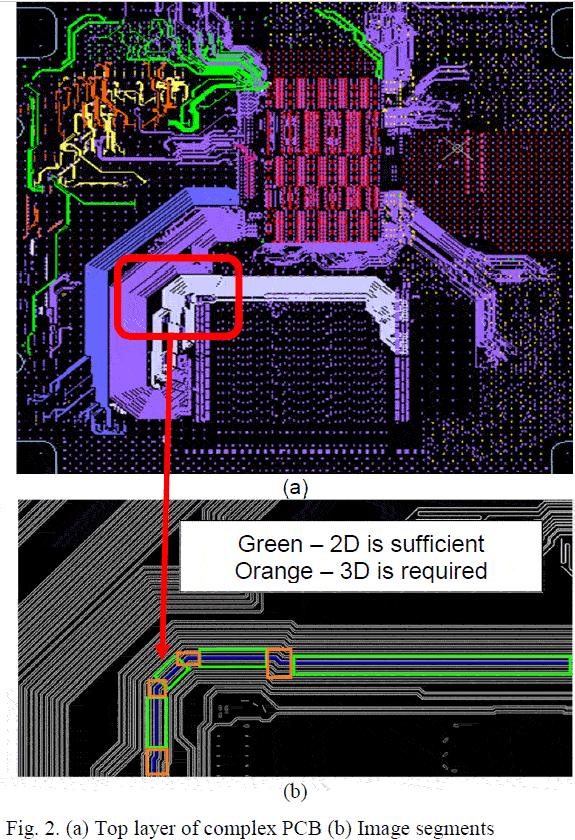
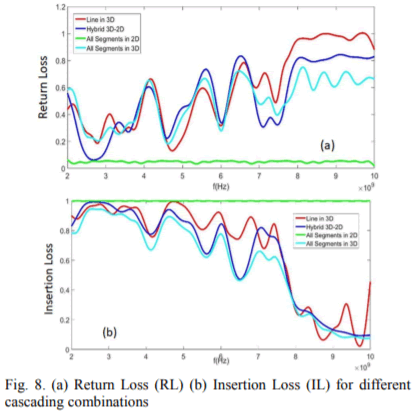
2.2.3 以DNN估TSV的TDR峰值 [14]
2.2.4 其他[15][16][17][18][19]
2.3 預測RLC

-
ML在EMC應用目前概分三類
3.1 設計最佳化(參數最佳化或類DoE功能)

以LS-SVM對功率轉換器設計改善EMI[25]
3.2 以量測近場重建EMI源模型

這是目前ML在EMC領域的應用,筆者看好的技術。從兩年前起[26][27][28],一直到2020都有人持續研究[29]
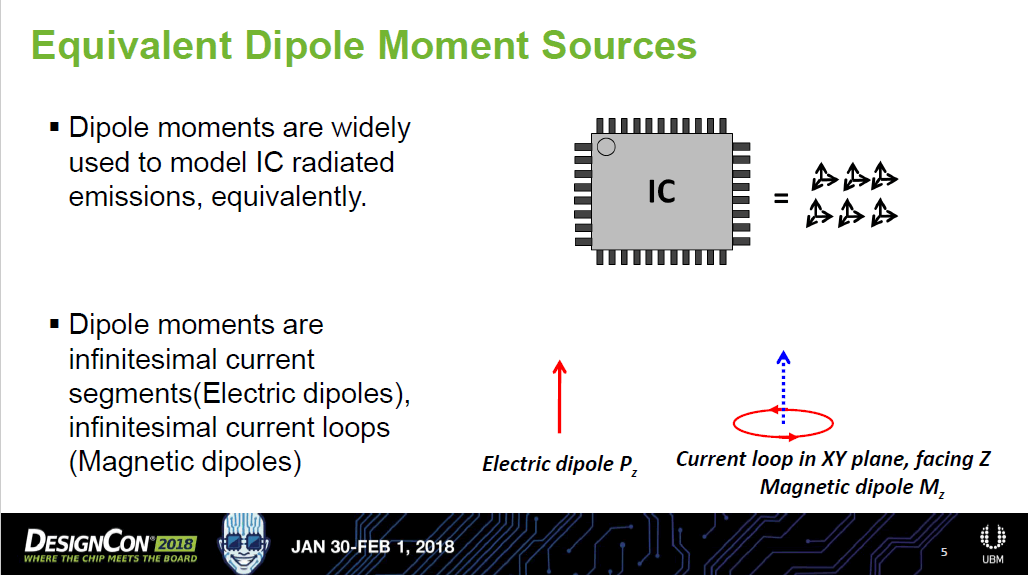
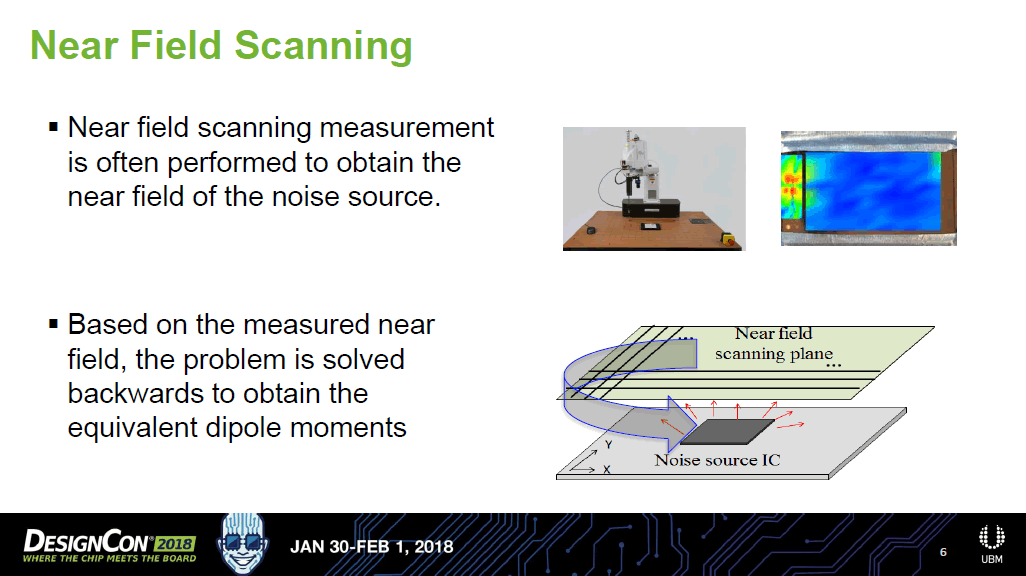
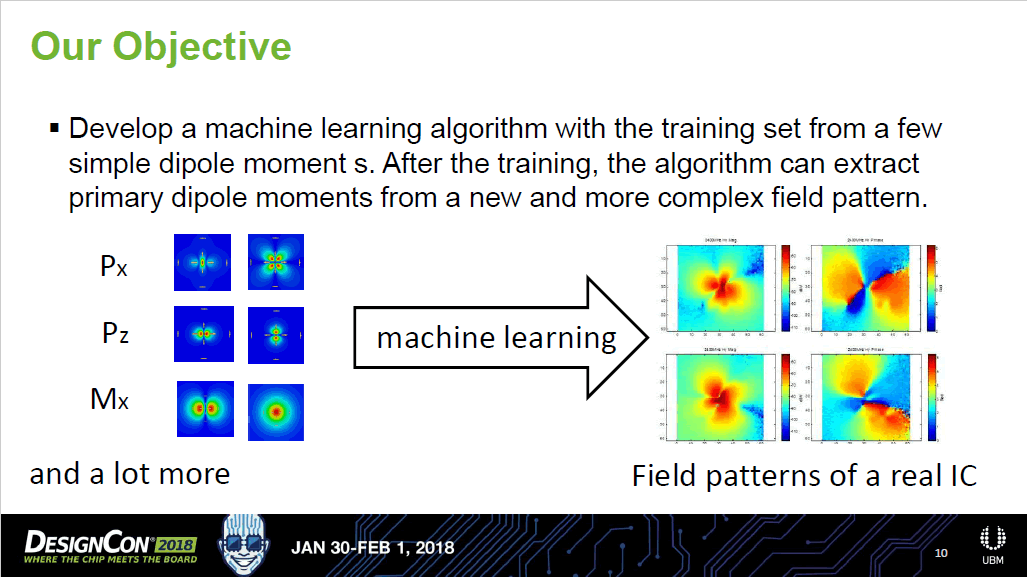
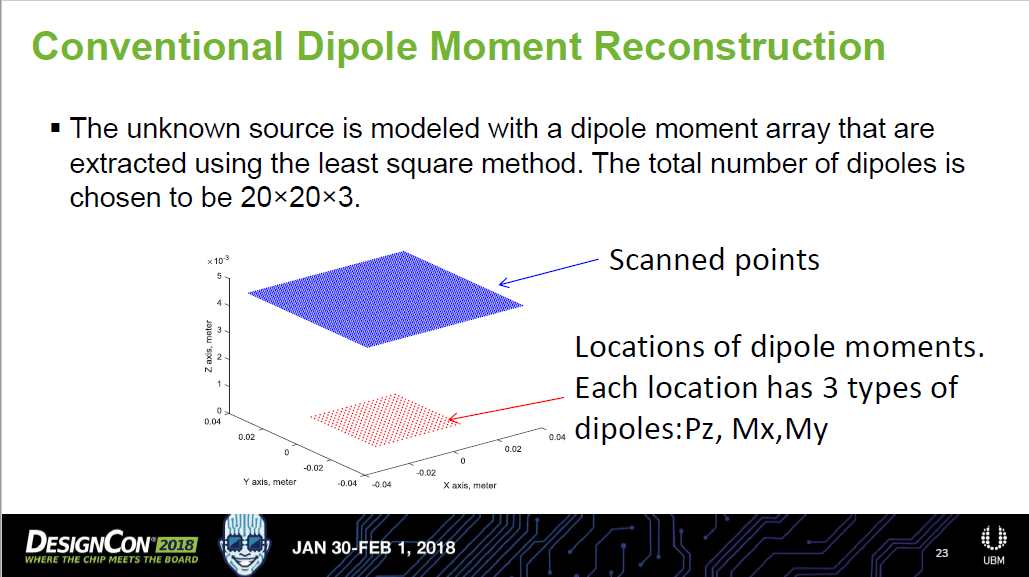
3.3 其他

-
短期(3~5年)內,可以運用AI/ML在SI/PI模擬有具體幫助的領域是:
以機器學習辨識一塊複雜的PCB,預估其所需的求解資源(CPU, RAM)與計算時間。
以機器學習辨識一塊複雜的PCB,自動劃分成以不同的電磁場模擬技術(2.5D/3D solver)求解的區域。適當地劃分區塊邊界對求解結果的正確性極為重要,目前這工作需要靠有經驗的工程師檢視訊號線所在圖層、Layout樣式,與辨識迴路區域才能完成,未來這工作交給機器學習來做,是非常適合的應用領域。
-
問題與討論
5.1 人工智慧、深度學習、機器學習這三個的分別?

5.2 機器學習中的ANN、CNN、DNN、RNN又分別是什麼?

-
[1] Daniel Wu, "Spec-Driven CTLE Model Synthesis through Reinforcement Learning", DesignCon 2019.
[2] Ting Zhu, "Accelerating 56G PAM4 Link Equalization Optimization Using Machine Learning-based Analysis", DesignCon 2019.
[3] A. Manukovsky, "Machine Learning Applications for Simulation and Modeling of 56 and 112Gb SerDes Systems", DesignCon 2019.
[4] Z. Kiguradze and N. Dikhaminjia, "High-Speed Channel Equalization Applying Parallel Bayesian Machine Learning", IEEE International Symposium on Electromagnetic Compatibility & Signal/Power Integrity (EMCSI), 2020.
[5] S. J. Park, "Application of Machine Learning for Optimization of 3-D Integrated Circuits and Systems", IEEE Trans. on Very Large Scale Integr. (VLSI) Syst., 2017.
[6] M. Swaminathan, "Demystifying Machine Learning for Signal and Power Integrity Problems in Packaging", IEEE Trans. on Compon., Packag. and Manuf. Technol., 2020.
[7] S. Matsuoka, "A High Signal Integrity Interconnect Design Using a Genetic Algorithm and Its Solution Analysis", IEEE Electr. Design Adv. Packag. Syst. Symp. (EDAPS), 2016.
[8] M. Kashyap, "A Novel Use of Deep Learning to Optimize Solution Space Exploration for Signal Integrity Analysis", IEEE 26th Conf. Electr. Perform. Electron. Packag. Syst. (EPEPS), 2017.
[9] R. Medico, "Machine Learning-based Error Detection and Design Optimization in Signal Integrity Applications", IEEE Trans. Compon., Packag., Manuf. Technol., 2019.
[10] J. E. Rayas-Sánchez, "Machine Learning Techniques and Space Mapping Approaches to Enhance Signal and Power Integrity in High-Speed Links and Power Delivery Networks", IEEE 11th Latin Amer. Symp. Circuits Syst. (LASCAS), 2020.
[12] Ken Wu, "Machine Learning in High-Speed Channel Modeling", DesignCon 2019.
[13] M. Sahoo, "Hybrid 2D-3D Fast Electromagnetic Analysis aided by Pattern Recognition for Signal Integrity Analysis", IEEE 28th Conf. Electr. Perform. Electron. Packag. Syst. (EPEPS), 2019.
[14] H. Park, "Fast and Accurate Deep Neural Network (DNN) Model Extension Method for Signal Integrity(SI) Applications", IEEE Electr. Design Adv. Packag. Syst. Symp. (EDAPS), 2019.
[15] N. Ambasana, "Eye Height/Width Prediction From S-Parameters Using Learning-Based Models", IEEE Trans. Compon., Packag., Manuf. Technol., 2016.
[16] N. Ambasana, "S-Parameter and Frequency Identification Method for ANN-Based Eye-Height/Width Prediction", IEEE Trans. Compon., Packag., Manuf. Technol., 2017.
[17] H. M. Torun, "A Bayesian Framework for Optimizing Interconnects in High-Speed Channels", IEEE MTT-S International Conference on Numerical Electromagnetic and Multiphysics Modeling and Optimization (NEMO), 2018.
[18] S. Chen, "Semi-supervised learning based on Hybrid Neural Network for the Signal Integrity Analysis", IEEE Trans. on Circuits and Systems II, 2019.
[19] X. Chu and J. Li, "Modeling for Nonlinear High-speed Links Based on Deep Learning Method", 12th International Workshop on the Electromagnetic Compatibility of Integrated Circuits (EMC Compo), 2019.
[20] H. Ming Yao, "Machine Learning Based MoM (ML-MoM) For Parasitic Capacitance Extractions", IEEE Electr. Design Adv. Packag. Syst. Symp. (EDAPS), 2016.
[21] H. Kim, "Fast and Precise High-Speed Channel Modeling and Optimization Technique Based on Machine Learning", IEEE Trans. on Electromagnetic Compatibility, 2017.
[22] H. Ma, "Comparison of Machine Learning Techniques for Predictive Modeling of High-Speed Links", IEEE 28th Conf. Electr. Perform. Electron. Packag. Syst. (EPEPS), 2019.
[23] S. Penugonda, "Generic Modeling of Differential Stroplines Using Machine Learning Based Regresstion Analysis", IEEE International Symposium on Electromagnetic Compatibility & Signal/Power Integrity (EMCSI), 2020.
[25] R. Trinchero, "Combining LS-SVM and GP Regression for the Uncertainty Quantification of the EMI of Power Converters Affected by Several Uncertain Parameters", IEEE Trans. on Electromagnetic Compatibility, 2020.
[26] J. Zhang and J. Fan, "Source Reconstruction for IC Radiated Emissions Based on Magnitude-Only Near-Field Scanning", IEEE Trans. on Electromagnetic Compatibility, 2017.
[27] C. Hwang and J. Fan, "Accurate and Fast RFI Prediction Based on Dipole Moment Sources and Reciprocity", DesignCon 2018.
[28] J. Fan and Q. Huang, "Machine Learning Based Source Reconstruction for RF Desensitization Analysis", DesignCon 2018.
[29] J. Wen, "Near-Field Prediction in Complex Environment Based on Phaseless Scanned Fields and Machine Learning", IEEE Trans. on Electromagnetic Compatibility, 2020.
[30] J. Yang, "A Novel Approach for ESD Generator Modeling Using Deep Neural Network", DesignCon 2019.
[20][21][22][23]不約而同都是用ANN做傳輸線RLC預估
以DNN生成不同放電波形的靜電槍等效電路,寫得很清楚的一篇論文。[30]
